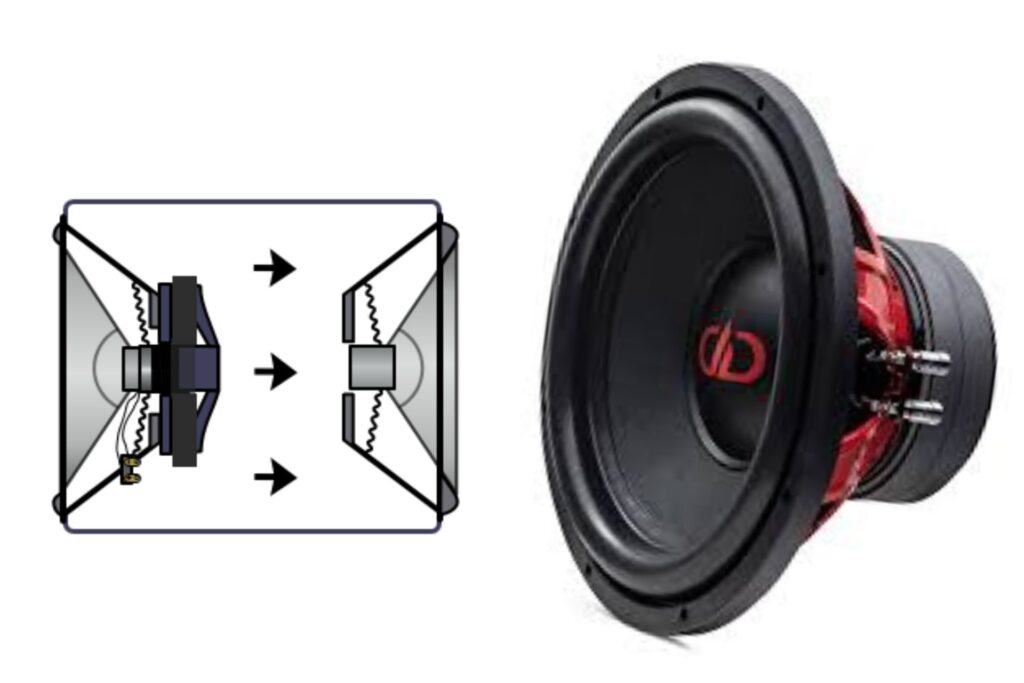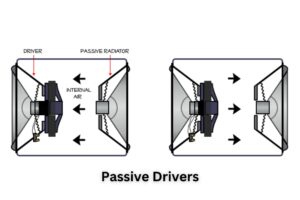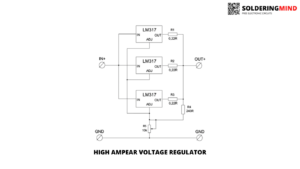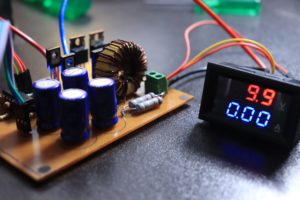Subwoofer Design and Construction : The Subwoofers are an essential component of a high-quality audio system, responsible for reproducing the low-frequency bass notes that add depth and impact to music and movies.

However, designing and building a subwoofer can be a complex task, requiring a good understanding of the different types of drivers and enclosures available. In this article, we will explore the key considerations for designing and building a subwoofer that delivers optimal sound quality.
Subwoofer Drivers

The driver is the most important part of a subwoofer, responsible for converting electrical energy into sound. There are several different types of drivers available, each with their own unique characteristics and performance capabilities.
- Passive Radiators: Passive radiators are similar to traditional drivers, but instead of a voice coil and magnet, they use a passive radiator that vibrates in response to the movement of the main driver. They are efficient and easy to design and build, but may not provide the same level of performance as other driver types.
- Direct-Drive: Direct-drive subwoofers use a motor attached directly to the driver to produce sound. They are efficient and offer a high level of control, but they are also more complex and expensive to build.
- Ported: Ported subwoofers use a port or vent to increase the efficiency of the driver. They are capable of producing deep, powerful bass, but they can also be less accurate than sealed enclosures.
- Sealed: Sealed subwoofers are the most popular type of subwoofer, using a sealed box to enclose the driver. They are known for their tight, accurate bass response and ease of design and construction.
Subwoofer Enclosures
The enclosure, or cabinet, is the second most important component of a subwoofer, responsible for housing the driver and shaping the subwoofer’s frequency response. There are several different types of enclosures available, each with their own unique characteristics and performance capabilities.
- Ported: Ported enclosures use a port or vent to increase the efficiency of the driver. They are capable of producing deep, powerful bass, but they can also be less accurate than sealed enclosures.
- Sealed: Sealed enclosures are the most popular type of subwoofer, using a sealed box to enclose the driver. They are known for their tight, accurate bass response and ease of design and construction.
- Bandpass: Bandpass enclosures use a combination of a sealed and ported chamber to increase the efficiency of the driver. They are capable of producing deep, powerful bass, but they can also be more complex and difficult to design and build.
Conclusion
Designing and building a subwoofer that delivers optimal sound quality requires a good understanding of the different types of drivers and enclosures available. Passive radiators, direct-drive, ported and sealed drivers all have their own unique characteristics, and the right choice will depend on your specific requirements and budget.
Similarly, ported, sealed and bandpass enclosures all have their own unique performance capabilities and again the right choice will depend on your specific requirements and budget. With a bit of research and careful consideration, you can build a subwoofer that delivers the deep, powerful bass that adds depth and impact to your music and movies.




